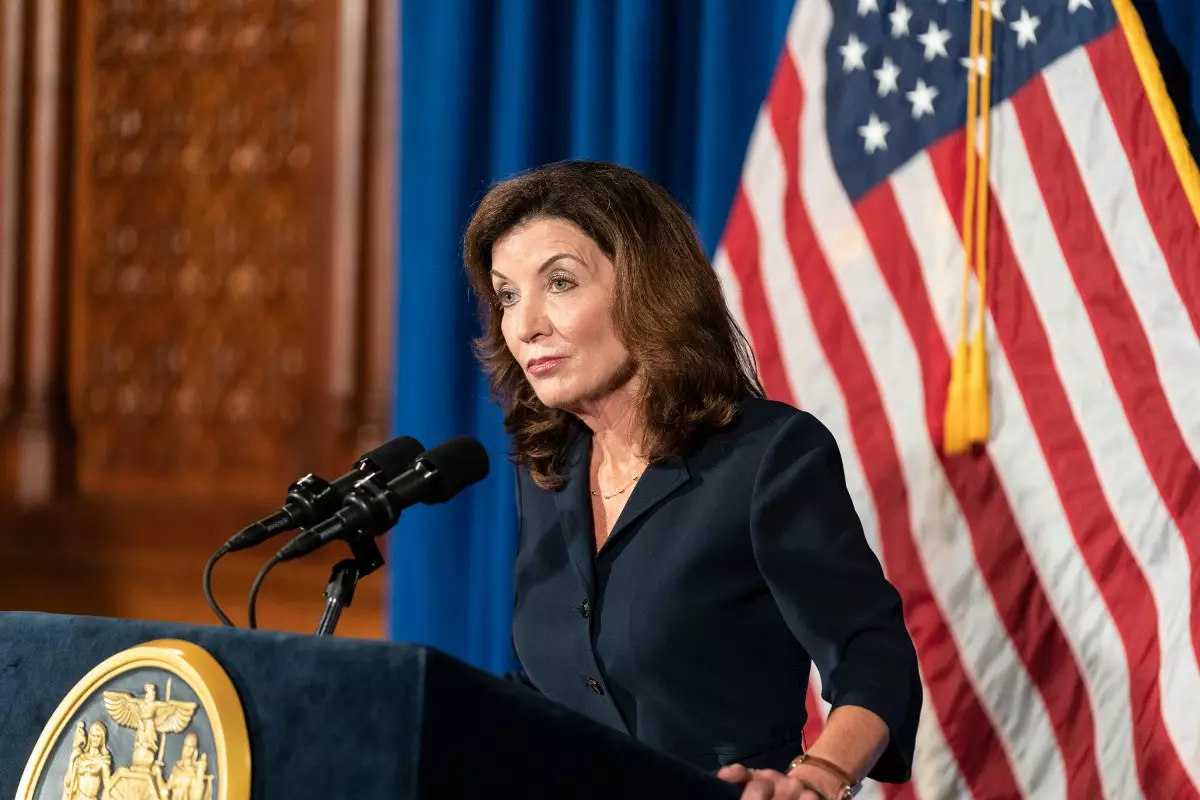On a pivotal Thursday, New York state legislators approved the RAISE Act—a groundbreaking piece of legislation aimed at instituting safety measures within frontier AI technologies developed by giants like OpenAI, Google, and Anthropic. As artificial intelligence evolves at an unprecedented pace, the passage of this bill signifies a much-needed shift towards prioritizing safety alongside innovation. In an age where technological advancements can lead to catastrophic outcomes—potentially affecting hundreds of lives or leading to a billion-dollar collateral damage—this legislative effort embodies the rising urgency to set legal frameworks governing AI practices.
The Backdrop of AI Safety Concerns
Noble voices in the AI community, such as Geoffrey Hinton—widely regarded as one of the fathers of deep learning—and fellow AI luminary Yoshua Bengio, have staunchly backed this bill. Their advocacy reflects a broader concern among experts about the ungoverned capabilities of AI systems. These pioneers have articulated that the risks associated with AI are not simply hypothetical; they are imminent and require immediate legislative oversight. Obama-era policies that once emphasized regulation have given way to a Silicon Valley orthodoxy that champions rapid innovation. In such a context, the RAISE Act represents a counter-narrative: one that serves to balance progress with responsibility.
Key Provisions of the RAISE Act
With the potential endorsement from Governor Kathy Hochul, the RAISE Act sets forth some stringent requirements that could ultimately reshape how companies engage with their AI systems. Among its major stipulations, the bill mandates that leading AI labs publish comprehensive safety and security reports for their models. It places the onus on these companies to report safety incidents—ranging from anomalous behavior of AI systems to the theft of intellectual property. Perhaps most significantly, the act empowers New York’s attorney general to impose robust penalties of up to $30 million for any violations. This provision not only emphasizes accountability but showcases the proactive nature of the regulation.
Interestingly, while this bill mirrors certain aspects of California’s unsuccessful SB 1047, its architects have tailored it to alleviate fears that it would stifle innovation—a critique often leveled against its Californian predecessor. New York state Senator Andrew Gounardes has made a compelling argument that the bill must evolve alongside rapidly advancing technologies and that the window for implementing necessary guardrails is closing fast.
Addressing Industry Resistance
Despite its seemingly balanced approach, substantial pushback from the tech industry has surfaced. Critics, such as Andreessen Horowitz’s Anjney Midha, have disparaged the RAISE Act as a misguided impediment to U.S. competitiveness at a time when rivals internationally are racing ahead. Opposition tends to frame the bill as a regulatory burden that could ‘chill’ the innovative spirit of startups and established companies alike—a recurring theme in the discourse surrounding AI legislation.
Assemblymember Alex Bores, one of the bill’s co-sponsors, countered this perspective by asserting that the regulatory framework is designed to be manageable rather than punitive. Rather than outright banning advanced AI systems within New York, he argued that the act establishes crucial safety standards while still allowing room for growth and advancement. This raises important questions about what “innovation” should prioritize in the context of rapidly advancing technologies: market dominance or public welfare?
Concerns Over Broader Implications
Nonetheless, the RAISE Act has not gone unchallenged. Critics, including members of organizations like Anthropic, have raised concerns about the broad scope of the proposed regulations. Some worry that the measures might disproportionately affect smaller tech firms, effectively creating a monopolistic ecosystem where only the largest entities can comply with such stringent requirements. Senator Gounardes has rebutted these criticisms, assuring stakeholders that the bill is aptly designed not to impede smaller companies, thus fostering a more equitable playing field.
Given the historical context of technological regulations, there’s also apprehension that leading AI labs may become reticent to operate freely within New York, citing burdensome oversight. However, Bores maintains optimism that the economic significance of New York—boasting the third-largest GDP in the U.S.—will outweigh any operational hesitations faced by these companies.
The Future of AI Regulation
As the RAISE Act moves towards the governor’s desk, it stands at a crossroads embodying the broader conflict between innovation and safety. This legislation presents a timely opportunity to establish a framework that seeks not only to champion technological advancement but to protect the very society it aims to serve. The lessons gleaned from past regulatory missteps in other regions could offer valuable insights, demonstrating the delicate balance lawmakers must achieve to foster both a flourishing tech landscape and the safety of its people. As this discourse evolves, it becomes imperative for policymakers, practitioners, and the public to engage in an ongoing conversation that shapes the realm of AI for the betterment of all.

